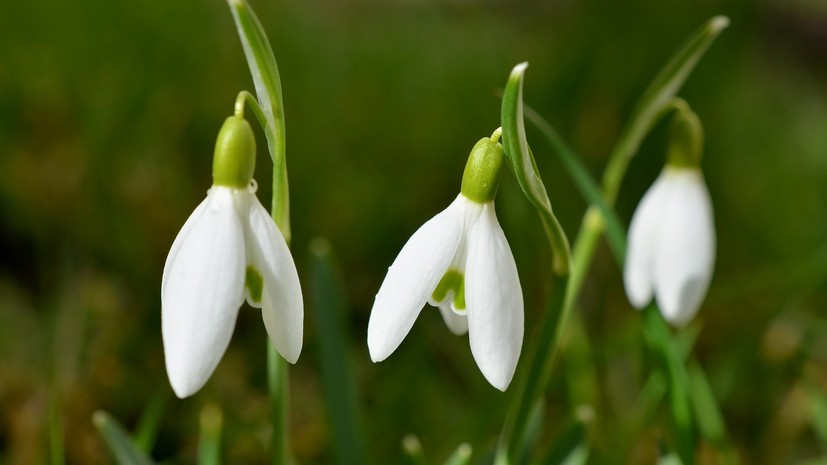It is noted that the growth rate of the average annual temperature on the globe is + 0.18 ° C for 10 years. Whereas for the territory of Russia this indicator is + 0.45 ° C for 10 years.
At the same time, according to the linear trend average annual air temperature (December-November) for the years 1976-2018, the most intensive warming occurs in the Central Federal District (+ 0.57 ° C for 10 years).
It is followed by the Northwest (+ 0.54 ° C) and Southern (+ 0.54 ° C) federal districts.
The rate of warming is somewhat lower in the Far Eastern (+ 0.50 ° C), Volga (+ 0.45 ° C) and North Caucasian (+ 0.43 ° C) federal districts.
The slowest temperature is in the Urals (+ 0.37 ° C) and Siberian (+ 0.35 ° C) federal districts.
As Marina Makarova, a leading meteorologist at the Hydrometeorological Center, told the RT, the European territories of Russia are under the influence of the Atlantic, while the reduced warming rates in the Ural and Siberian federal districts are due to their remoteness from the oceans.
“This means that cyclones that are active in the North Atlantic, in the south of the western sector of the Arctic, carry the warm humid air of the Atlantic to the European territory of the country and have a warming effect. This situation is more concerned with the winter period. In the summer, the Azores anticyclone or the crests of the subtropical highs of Africa and the Middle East bring hot weather to the European territory of the country, ”said Makarova.
Earlier, Vladimir Semenov, head of the laboratory of climatology at the Institute of Geography of the Russian Academy of Sciences, said that the winter temperature in Moscow had grown by an average of 4 ° C over the past 100 years.
As reported, the air temperature in Moscow in the first decade of February exceeded the norm by 5.1 ° C.

